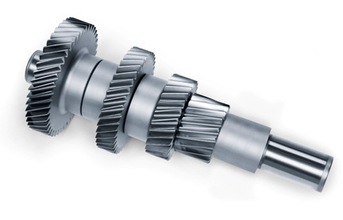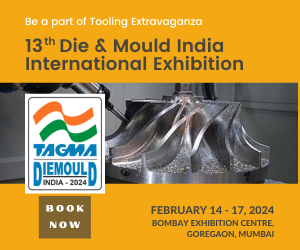
With ever more complex constituent components and ever smaller batch sizes, powertrain production is facing many challenges. For a large number of applications in this sector the heat-shrink assembly process is almost predestined. Where control cams and/or gears have to be mounted on shafts, heat shrink assembly brings about a considerable reduction in component weight whilst guaranteeing a high degree of functional density of the shaft. The process is also suitable for workpieces that are subject to high torque rates and great dynamic loads. The heat-shrinking specialists from Emag Automation have developed individual, flexible manufacturing solutions.
Powertrain production calls for flexibility and effectiveness. Often a diversity of camshafts or gear shafts of complex geometry must be produced at the same location and in different batch sizes. On the other hand, demands on the actual component are also increasing. High-tensile materials are being used, geometries are getting more complex and components are expected to become smaller and weigh less. Against this background, composite camshafts are gaining in importance, for example in the automotive industry, where individual components are made in larger quantities and then joined according to engine type requirements. This leads to a noticeable reduction in production costs whilst maintaining the necessary high degree of precision.
Enormous economic potential
The heat-shrink technology needed to achieve it is developed by the machine builders at Emag Automation, with headquarters at Heubach, near Aalen, Germany. The Emag-patented heat-shrink assembly process is used to manufacture precision components - in particular composite camshafts - and is characterised by its reaction force-free processing sequence. In the centre of the system the component is brought up to the necessary temperature with great precision, using an inductive or contact heating process. The relevant preheating unit geometrically fits the workpiece and features an internal temperature control component.
| "Where control cams and/or gears have to be mounted on shafts, heat shrink assembly brings about a considerable reduction in component weight whilst guaranteeing a high degree of functional density of the shaft." |





































